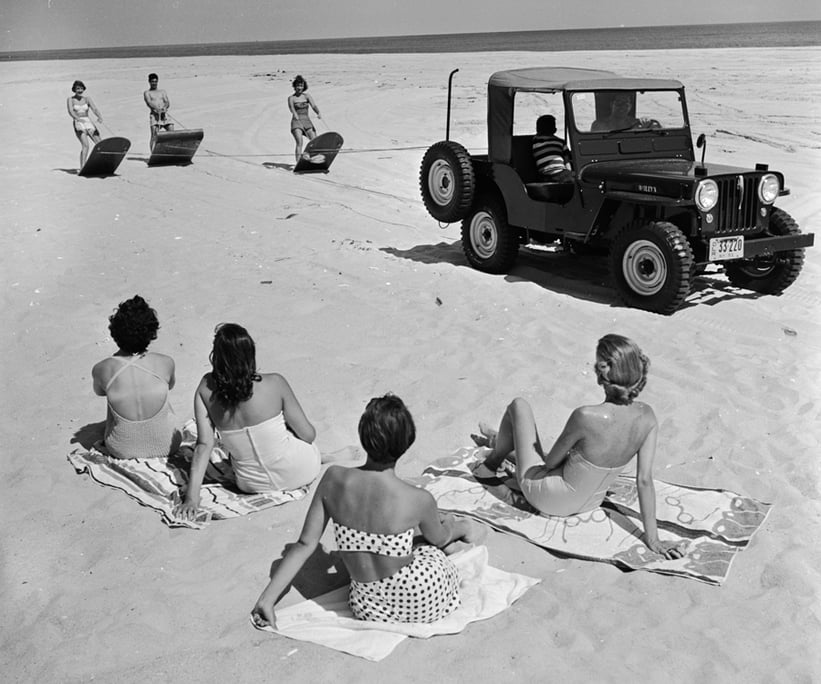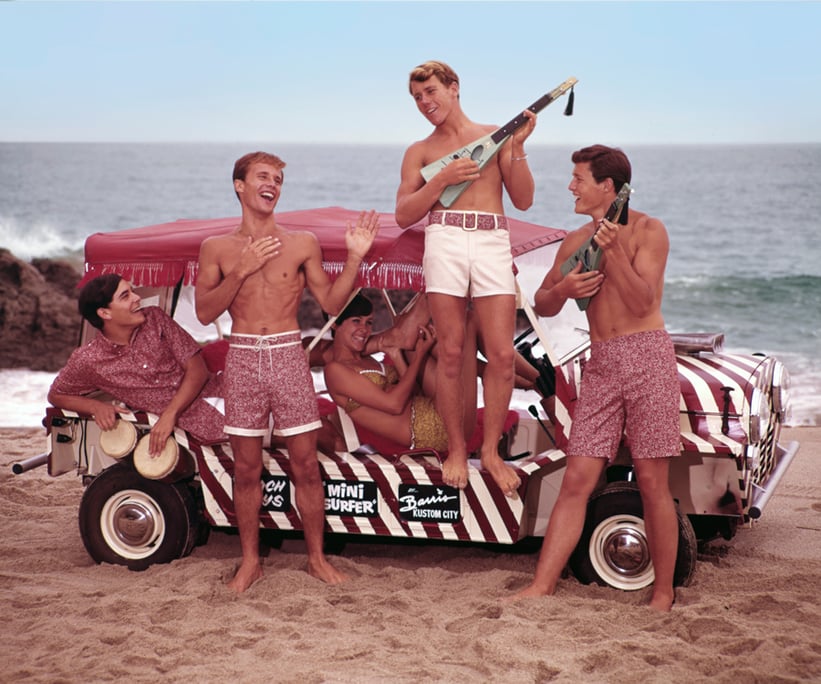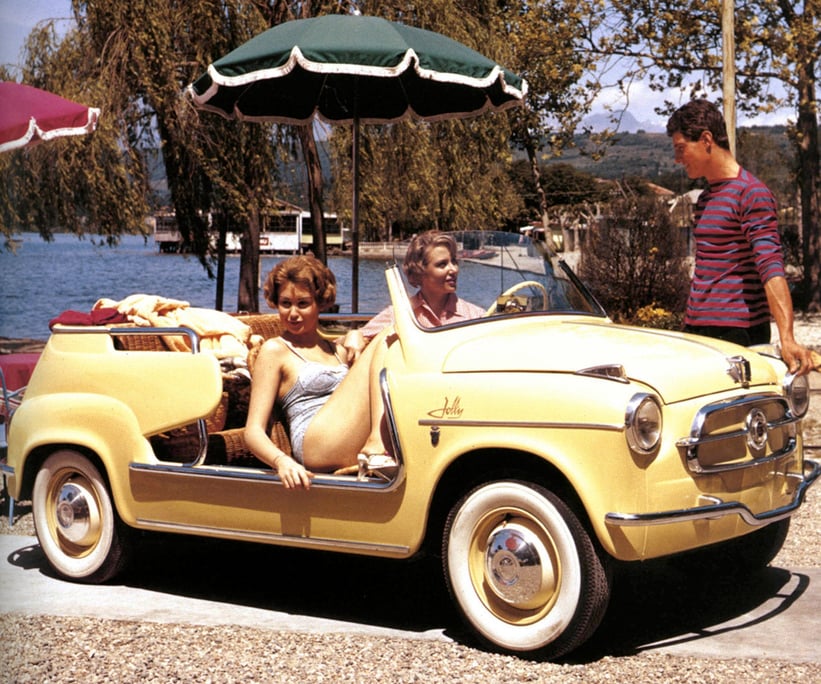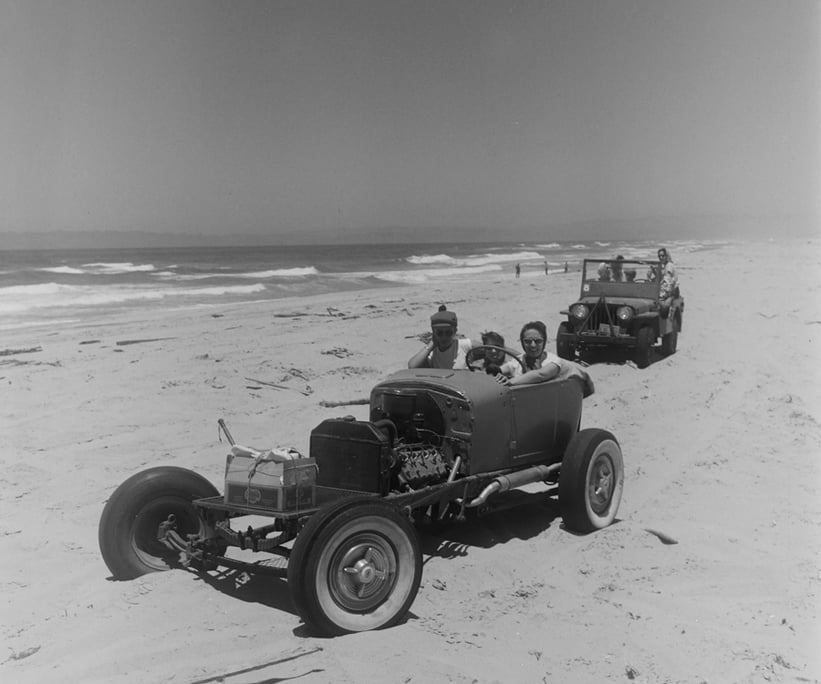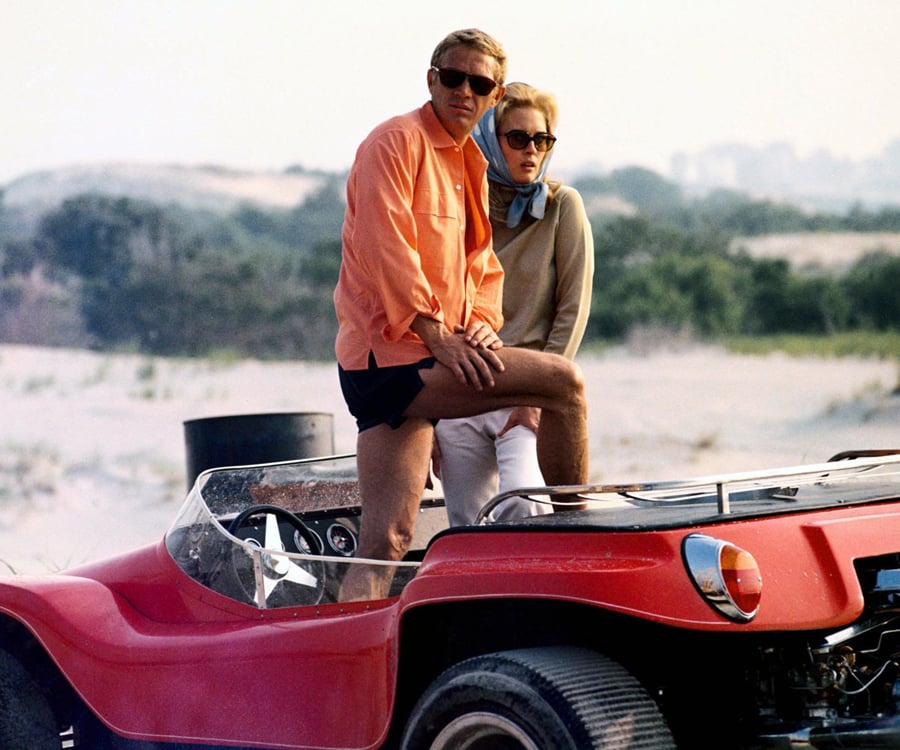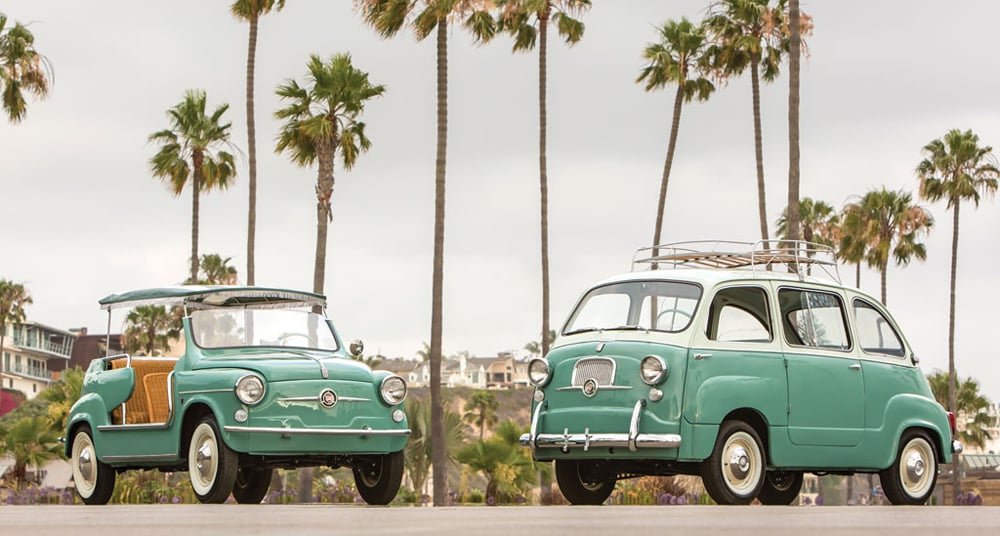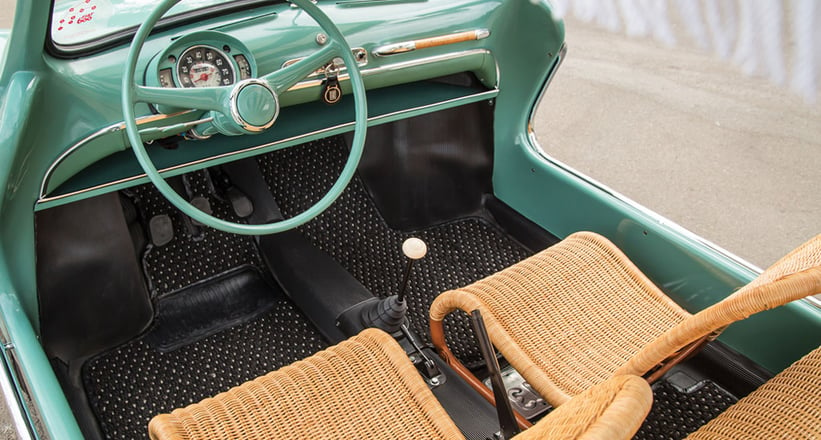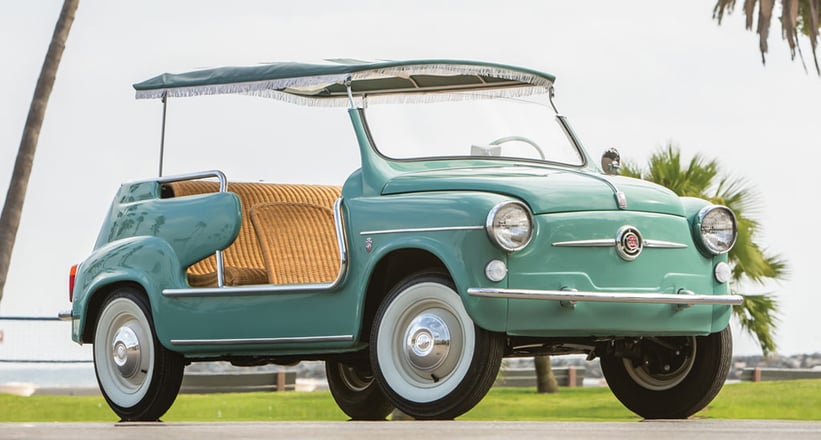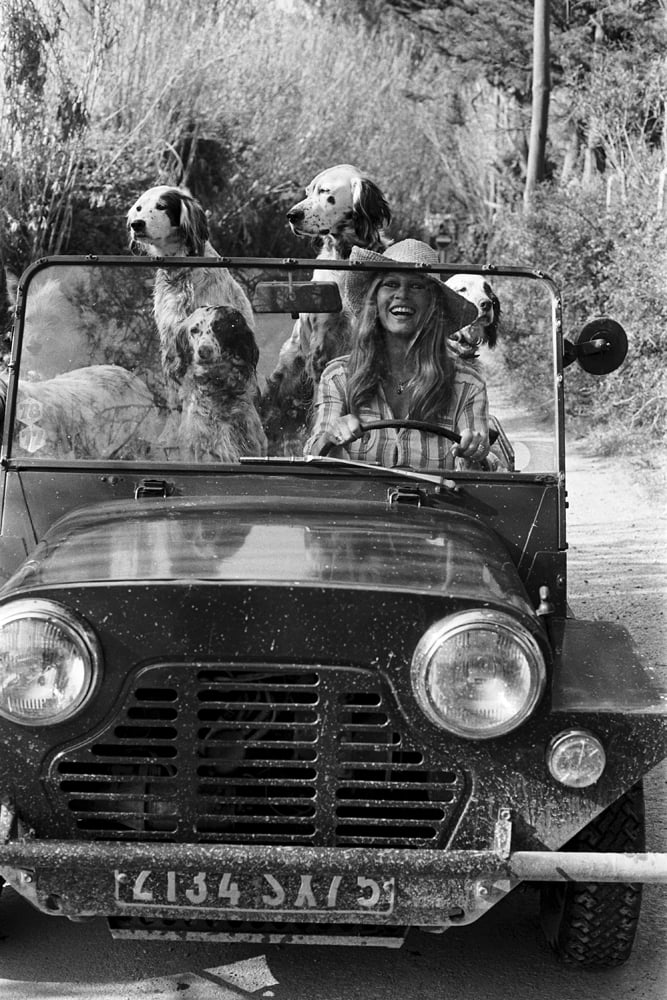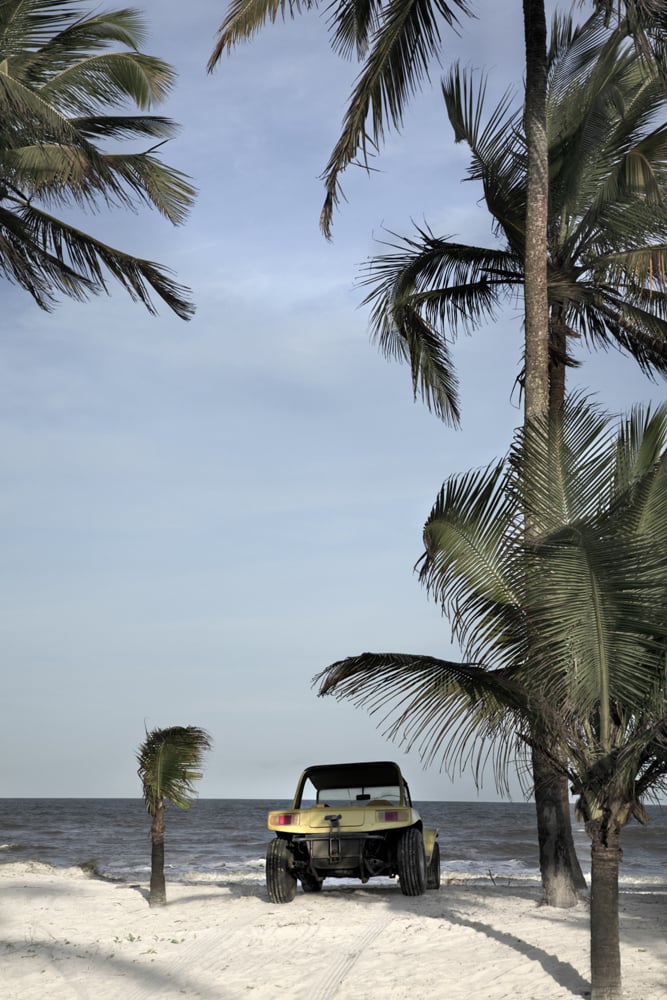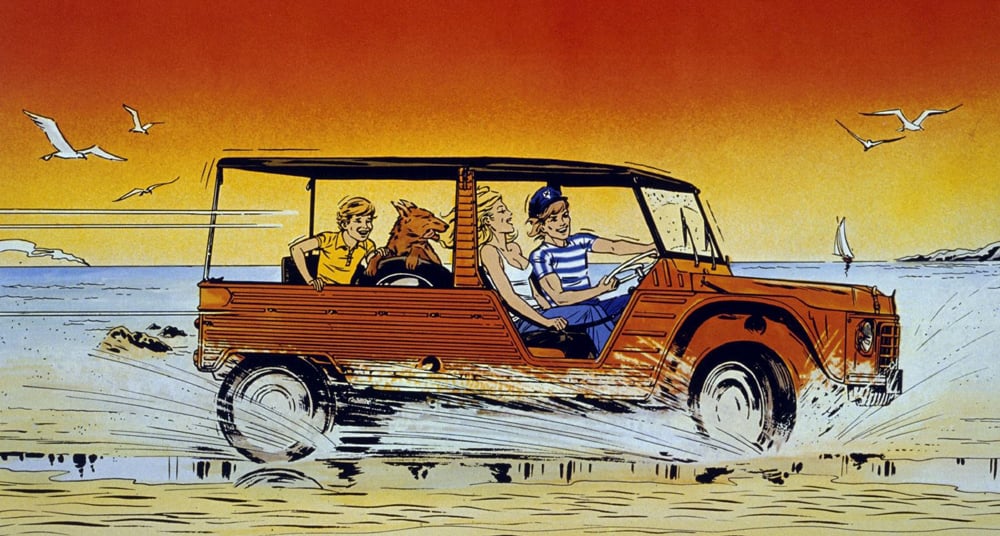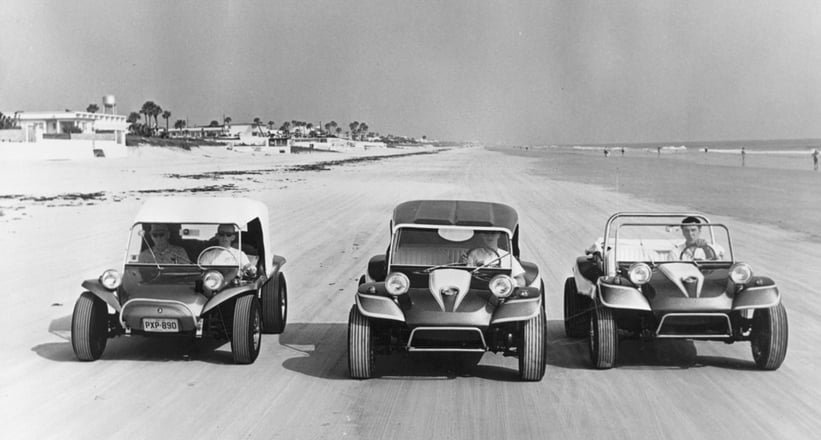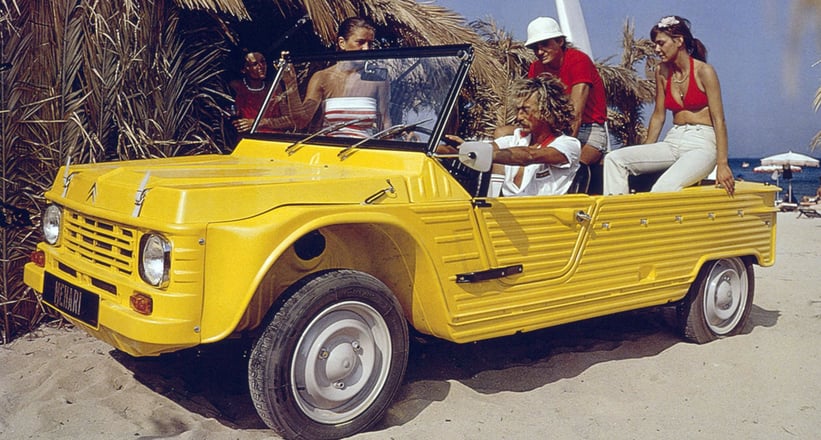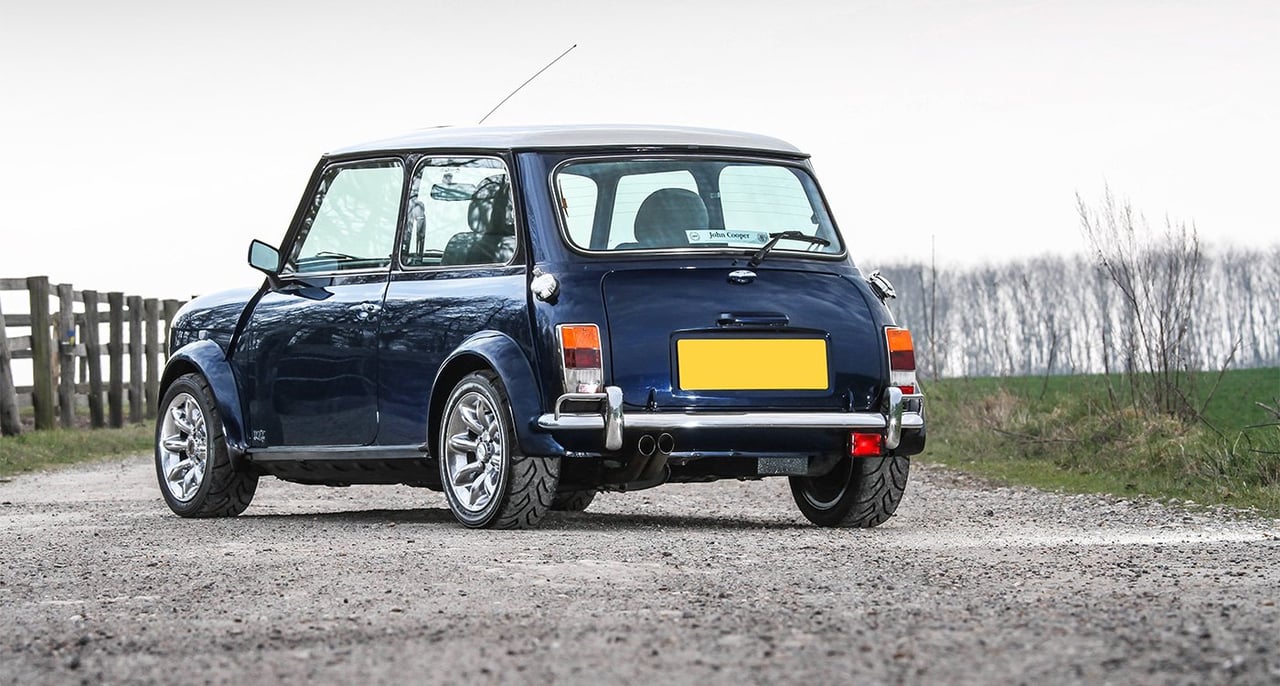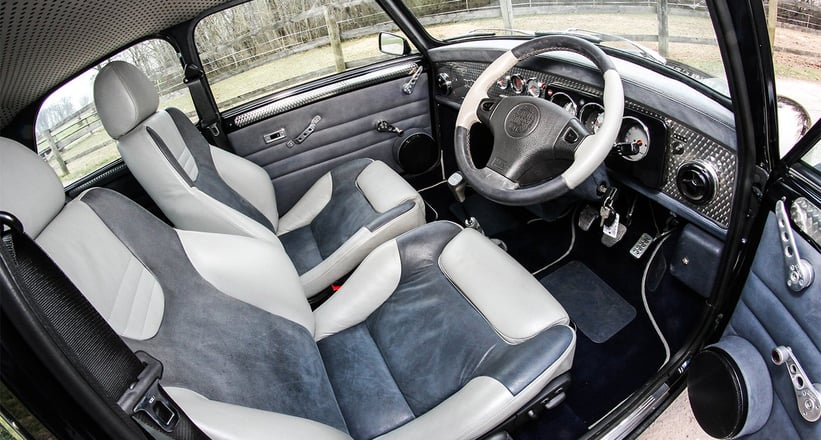Le WorldSBK disputera ses 19e et 20e courses au Portugal ce week-end après avoir eu quatre épreuves à Estoril, en 1988 puis en 1993, et avoir pris la direction de l'Algarve pour la première fois en 2008, date depuis laquelle Portimao est un rendez-vous fixe du calendrier.
Bien que le Portugal ait déjà accueilli un total de 18 courses, aucun pilote n'a réussi à s'y imposer plus de deux fois. Les doubles vainqueurs sont Troy Bayliss (2008), Max Biaggi (2010), Marco Melandri (2011/Course 2, 2013/Course 1), Eugene Laverty (2012/Course 2, 2013/Course 2) et Tom Sykes (2012/1, 2014/1), qui pourrait passer à trois victoires ce week-end, à moins que son coéquipier Jonathan Rea n'y parvienne en signant un doublé.
22 pilotes portugais ont participé à au moins une séance d'essais de la catégorie WorldSBK et 14 d'entre eux ont participé à une course. Alex Vieira est celui qui a eu le plus de succès et s'était imposé à l'Osterreichring en 1989 (Course 1), avant de partir de la pole à Hockenheim en 1988.
Les faits marquants du WorldSBK à Portimao :
2008 - La première venue du WorldSBK à Portimao fut marquée par la démonstration de Troy Bayliss : l'Australien s'apprêtait à prendre sa retraite et avait démoli ses concurrents en décrochant la pole position avec près de deux secondes et demie d'avance sur Cal Crutchlow puis en survolant ensuite les deux courses. Un jeune Jonathan Rea, qui courait à l'époque en Supersport, faisait ses débuts en WorldSBK et décrochait la troisième position sur la grille ainsi qu'une quatrième place dans la première course.
2009 - Portimai accueillit l'une des dernières manches les plus passionanntes de l'histoire en 2009, lorsque Noriyuki Haga et Ben Spies jouaient le titre mondial et que le Japonais était arrivé au Portugal avec dix points d'avance sur l'Américain. Spies avait décroché la pole et s'échappa dès le départ de la première course tandis que Haga, dixième sur la grille, remonta jusqu'à la cinquième place mais finit sur une chute dans le septième tour. Dans la seconde course, Spies n'eut qu'à gérer et à finir cinquième tandis que Michel Fabrizio s'imposait devant Haga. Le Japonais avait compté jusqu'à 88 points d'avance en cours de saison et fut battu par Spies au dernier moment.
2010 - Portimao devint la seconde date du calendrier plutôt que la dernière pour accueillir le championnat au mois de mars. Max Biaggi remporta alors les deux courses en s'imposant devant Leon Haslam.
2011 - Carlos Checa, qui allait devenir Champion du Monde, s'imposa dans la première course, en battant Sylvain Guintoli à quatre tours de l'arrivée. Marco Melandri signa dans la deuxième course la dernière des 74 victoires de Yamaha en WorldSBK. Eugene Laverty contribua aux festivités qui accompagnaient le départ du constructeur japonais avec une seconde place.
2012 - Marco Melandri tomba dès le premier tour de la première course et dut être transféré à l'hôpital. Les victoires revinrent à Sykes et à Laverty. Sykes passa devant Melandri au classement général, à 30.5 points de Biaggi, qui allait remporter le titre mondial avec un demi-point d'avance le week-end suivant à Magny-Cours.
2013 - Melandri remporta la dixième victoire de BMW dans la première course et Eugene Laverty s'imposa dans la deuxième. Tombé dans le virage n°2 dès le tour de chauffe, Sykes, qualifié en pole, dut partir de la pit-lane.
2014 - Tom Sykes domina la première course avant que Sylvain Guintoli et Marco Melandri, à l'époque coéquipiers chez Aprilia, ne tombent sur piste mouillée alors qu'ils poursuivaient et rattrapaient le leader, Jonathan Rea. Ce dernier s'imposa tandis que Guiloni finit septième et que Melandri ne put repartir.
WorldSBK will run its 19th and 20th races in Portugal this season. In the early years of the World Championship, Estoril hosted four races, in 1988 and 1993, while the brand-new Algarve track took over in 2008 and has become a fixed venue since then.
Despite hosting 18 races so far, a rider has never won more than twice in Portugal. The two-time winners on the Algarve (which had hosted 14 races in total) are Troy Bayliss (2008), Max Biaggi (2010), Marco Melandri (2011/2, 2013/1), Eugene Laverty (2012/2, 2013/2) and Tom Sykes (2012/1, 2014/1). Sykes is thus in the best position to become the first three-times Algarve winner, but his team-mate Rea can also achieve that in case of a double.
22 Portuguese riders have entered at least a practice session in the World Superbike class and 14 of them were race starters. Among them, the most successful is Alex Vieira, the only Portuguese able to win a race, at the Osterreichring, 1989/1, and to start from pole - at Hockenheim in 1988.
Some notable moments at the Algarve track:
2008 The first weekend at the new track was a Troy Bayliss demonstration: the Australian was on his farewell weekend and shattered the opposition, taking pole by almost 2.5 seconds over Cal Crutchlow and dominating both races. On that weekend, a young Jonathan Rea switched from the World Supersport Championship to World Superbike, impressing the world with a third place on the grid and a fourth position finish in Race 1
2009 The Algarve hosted one of the most thrilling season finales in history as Noriyuki Haga and Ben Spies had the title on the line, with the Japanese leading the American by ten points. Spies took pole and rocketed away at the start of Race 1 while Haga, only tenth on the grid, had to climb through the field but eventually fell on the seventh lap while running fifth. In Race 2, Spies controlled his rivals to finish a comfortable fifth, while Michel Fabrizio won from Haga: the Japanese had squandered an 88-point advantage during the course of the season and lost the title to Spies
2010 The Algarve went from being the season finale to the second round, in March, and was a taste of things to come as Biaggi and Haslam fought closely in both races, with the Italian coming home with a double
2011 World Champion-to-be Carlos Checa got the best of his rivals in Race 1, improving the pace when needed, and taking the lead from Sylvain Guintoli four laps from the end. In Race 2 Marco Melandri gave Yamaha the last of their 74 wins to date. Eugene Laverty completed the ideal farewell race for the Japanese manufacturer by finishing second
2012 Marco Melandri's championship hopes took a serious knock in Race 1 when he fell on the opening lap and had to be taken to hospital for checks. The wins went to Sykes and Laverty; Tom took over from Melandri for second spot in the championship, 30.5 points from Biaggi who would go on to win the title by only half a point on the following weekend at Magny-Cours
2013 Melandri gave BMW their tenth win in Race 1 and Eugene Laverty dominated proceedings in Race 2, but drama unfolded on the sighting lap as pole man Sykes fell at Turn 2, thus having to start from the pits
2014 Tom Sykes dominated Race 1 before, in a wet Race 2 the two Aprilias were hunting down Jonathan Rea, race leader from the opening lap; however, just as Melandri and Guintoli were in sight of the Honda rider, the two Aprilias made contact in the shadow of the VIP tower. Only Guintoli was able to climb back on his bike, to finish seventh, while Melandri was out



